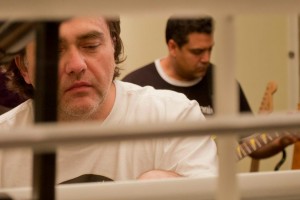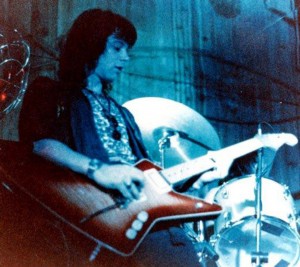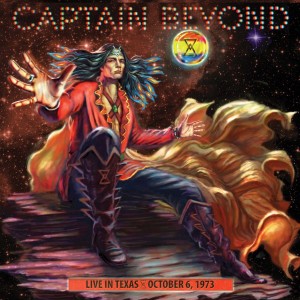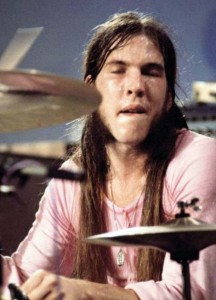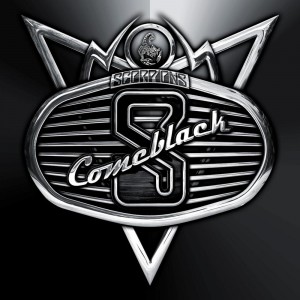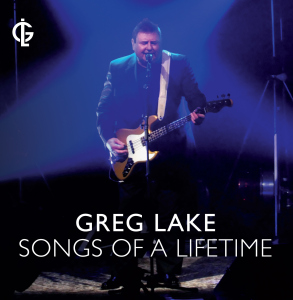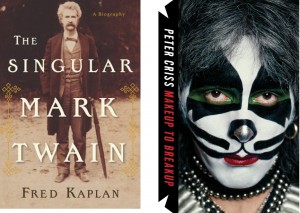(FRONTIER RECORDS; 2013)
Ritchie Blackmore is a rocker. Starting in the early 1960s with Screaming Lord Sutch’s Savages and the Outlaws, Blackmore rocked. Through two stints in both Deep Purple and Rainbow, Blackmore rocked. He tried really hard not to rock with Blackmore’s Night but, as may have been mentioned somewhere else, Ritchie Blackmore is a rocker. Thus, the duo’s (that would be Blackmore and his wife, Candice Night… see the nifty wordplay involved there?) latest, DANCER AND THE MOON, rocks harder than any of their previous releases… in a very Renaissance Fayre sort of way.
The album starts with a kind of slow burn on Randy Newman’s classic, “I Think It’s Going To Rain Today,” before the percussion kicks in followed, in short order, by a classic Blackmore fill and a solo that, while understated for Ritchie, reminds the listener just who we’re talking about here. Candice’s beautiful, lilting voice adds a certain “classical” sound to the tune that makes this one of my favorite versions of the song. The next couple of songs, “Troika” and “The Last Leaf,” revert to form for what this group has become best known for: Old European Folk Music. The latter definitely sounds like something that you would expect to hear from a minstrel in the Courts of Camelot, while the former is very reminiscent of a Russian or Eastern European gypsy song.

A very atmospheric take on one of Uriah Heep’s best known songs, “Lady In Black.” is next, with Candice’s woodwinds adding a great touch and Blackmore doing what he does best… shredding. Yes, I said shredding! The only thing that could have possibly improved this version of the song would have been inviting Ken Hensley to add a little heft with that awesome Hammond B3 that he’s so well known for. “Lady In Black” is followed by a nifty little madrigal performed by Ritchie on acoustic guitar. “Minstrels In the Hall” is short and certainly sweet.
“Temple of the King” is the last of the “covers” on DANCER AND THE MOON, a tribute to Ritchie’s friend and Rainbow vocalist/lyricist, the late Ronnie James Dio. I’m sure that Ronnie would have approved of this arrangement, replacing the bluesy hard rock vibe with a more medieval sound. Blackmore once more steps out of the wandering minstrel boots to offer a fiery electric lead and another great solo. The title track has a very Celtic sound that, once again, returns to the core concept of Blackmore’s Night. Coming, as it does, after “Temple of the King,” it’s easy to imagine “Dancer and the Moon” as something that Blackmore and Dio would have written for LONG LIVE ROCK ‘N’ ROLL.

“Galliard” and the traditional tune, “The Ashgrove,” continue in the vein, with Night’s voice taking front and center and Blackmore chiming in with some understated acoustic instrumentation before adding what can only be described as an “elegant” solo on the next track, “Somewhere Over the Sea (The Moon Is Shining).” Completely eschewing the medieval and folky arrangements and instrumentation, the band reworks the previous song as “The Moon Is Shining (Somewhere Over the Sea).” With modern keyboard textures, the use of electronic drums, and some very haunting lead guitar work from Ritchie, I could see this one getting some airplay on some Classic Rock stations around the country. Think Joe Lynn Turner-era Rainbow on this one.
Saying that Candice Night is Ritchie Blackmore’s muse may be a little over the top, but how can you listen to something like “The Spinner’s Tale” and at least not think it? Ritchie is here just to offer atmosphere, as it’s really Candice’s vocals and penny-whistle that carries the tune. The final track of the album is another instrumental, another tribute. “Carry On… Jon” is a slow blues riff with great guitar and an organ solo (compliments of Bard David of Larchmont, also called David Baranowski) that’s very reminiscent of Blackmore’s Deep Purple cohort and best friend, Jon Lord. Ritchie mentions that he had the song ready to record and once the tape started rolling (so to speak), it took on a rather melancholy feel. Like “Temple of the King,” it is a fitting tribute to a colleague so closely associated with Blackmore’s career. DANCER AND THE MOON offers more of the guitar histrionics that we’ve come to love and expect from Ritchie Blackmore, the rocker, but it also offers a glimpse at a softer, more nostalgic side of the man in black and somehow manages to maintain the stated aesthetic of Blackmore’s Night: To present an updated version of Renaissance and medieval style folk music. The album succeeds on all counts!



